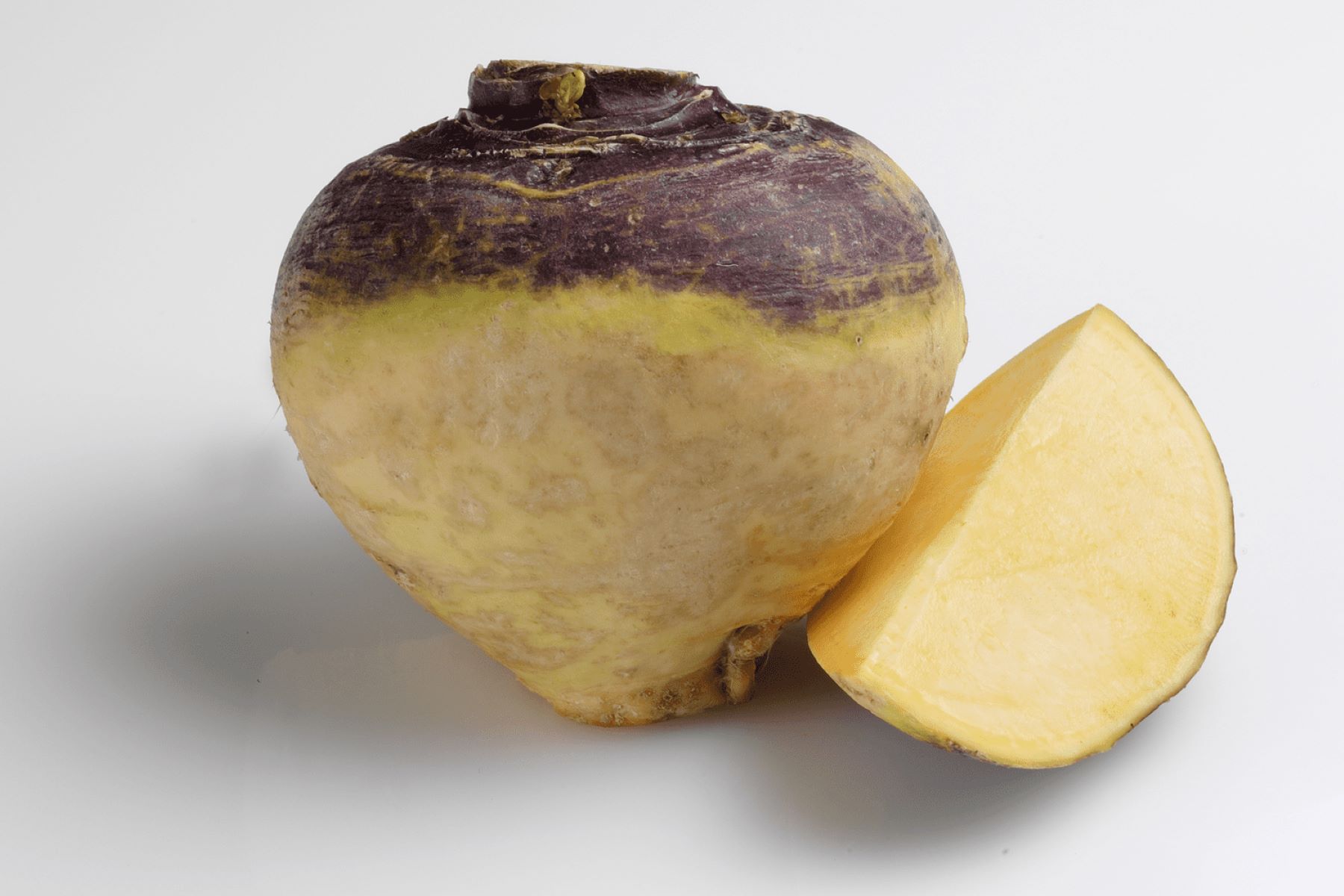

Articles
How To Store Rutabaga After Cutting
Modified: August 25, 2024
Learn how to properly store rutabaga after cutting to keep it fresh and flavorful. Read our informative articles on the best storage methods and tips.
(Many of the links in this article redirect to a specific reviewed product. Your purchase of these products through affiliate links helps to generate commission for Storables.com, at no extra cost. Learn more)
Introduction
When it comes to cooking with rutabaga, this versatile root vegetable adds a unique and delicious flavor to a variety of dishes. However, once you’ve cut into a rutabaga, you may find yourself wondering how to store the remaining portions for later use. Proper storage is essential to maintain the freshness and flavor of rutabaga, ensuring that it can be enjoyed for an extended period of time.
In this article, we’ll explore different methods for storing rutabaga after cutting. Whether you want to refrigerate, freeze, can, or dehydrate your rutabaga, we’ve got you covered. By following these simple guidelines, you can make the most out of your rutabaga harvest or grocery store purchase.
So, let’s delve into the various storage methods to keep your rutabaga fresh and ready to use whenever a recipe calls for it.
Key Takeaways:
- Preserve rutabaga’s freshness and flavor by refrigerating, freezing, canning, or dehydrating it after cutting. Follow proper storage techniques, such as labeling, to maintain quality and enjoy this versatile vegetable year-round.
- Choose fresh rutabaga, store it unwashed, and check for spoilage regularly. Use quality storage containers and maintain consistent storage conditions to maximize rutabaga’s shelf life and enjoy its delicious flavor in various recipes.
Read more: How To Store Squash After Cutting
Storing Rutabaga After Cutting
After you’ve cut into a rutabaga and used the desired portion, it’s crucial to properly store the remaining pieces to maintain their quality and prevent spoilage. The storage method you choose will depend on how long you plan to keep the rutabaga and the specific storage options available to you.
Here are four effective methods for storing rutabaga after cutting:
- Refrigeration: One of the easiest and most common ways to store rutabaga is by refrigerating it. Wrap the cut rutabaga tightly in plastic wrap or place it in an airtight container. This will help prevent moisture loss and protect it from absorbing any odors from other foods in your refrigerator. Stored this way, rutabaga can stay fresh for up to two weeks.
- Freezing: Freezing rutabaga is an excellent option if you want to store it for an extended period. First, blanch the cut rutabaga in boiling water for a couple of minutes, then transfer it to an ice bath to cool. Pat dry the rutabaga and place it in freezer-safe bags or containers, removing as much air as possible. Label the containers with the date and store them in the freezer. Frozen rutabaga can last for up to 12 months.
- Canning: If you enjoy preserving your own food, canning rutabaga is a great choice. Begin by cutting the rutabaga into small, uniform pieces and blanch them in boiling water for a few minutes. Next, pack the blanched rutabaga into sterilized canning jars, leaving a bit of headspace. Fill the jars with a boiling liquid of your choice, such as water or a vegetable broth. Secure the lids tightly and process the jars in a pressure canner according to the specified guidelines. Canned rutabaga can stay fresh for up to a year.
- Dehydrating: Dehydrating rutabaga can be a space-saving option that allows you to enjoy its flavor and nutritional benefits for an extended period. Peel and slice the rutabaga into thin, even pieces. Arrange them on dehydrator trays and set the temperature to around 125-135°F (52-57°C). Allow the rutabaga to dry for several hours until it becomes crispy and brittle. Store the dehydrated rutabaga in airtight containers in a cool, dry place. Dehydrated rutabaga can keep for several months.
Now that you know the different methods for storing rutabaga after cutting, you can choose the one that best suits your needs and storage capabilities. Regardless of the method you choose, always remember to label and date your stored rutabaga for easy identification and to ensure you use it before its freshness begins to decline.
Next, we’ll share some useful tips to help you store your rutabaga properly, optimizing its longevity and maintaining its delicious flavor.
Method 1: Refrigeration
Refrigeration is a simple and convenient method for storing rutabaga after cutting, allowing you to keep it fresh for a relatively short period. Here’s how to properly refrigerate rutabaga:
- Wrap: Start by wrapping the cut rutabaga tightly in plastic wrap. This will help prevent moisture loss and protect the rutabaga from absorbing any odors from other foods in your refrigerator.
- Airtight Container: Alternatively, you can place the cut rutabaga in an airtight container. Make sure the container is clean and dry before adding the rutabaga. Choose a container that is the appropriate size for the amount of rutabaga you need to store.
- Temperature: Set your refrigerator to a temperature of around 35-40°F (2-4°C). This range is ideal for maintaining the rutabaga’s freshness without freezing it.
- Location: Store the wrapped or containerized rutabaga in the refrigerator’s crisper drawer or a designated vegetable compartment. These areas typically have slightly higher humidity levels, which can help preserve the rutabaga’s moisture.
- Length of Storage: Refrigerated rutabaga can stay fresh for up to two weeks. It’s important to use it within this timeframe to ensure the best flavor and texture.
During the storage period, occasionally check the rutabaga for any signs of spoilage, such as mold or excessive softening. If you notice any of these signs, it’s best to discard the rutabaga to avoid consuming spoiled food.
Refrigeration is a convenient option for short-term storage of rutabaga after cutting. It allows you to keep the rutabaga fresh and ready to use in various recipes, from soups and stews to roasted vegetable dishes.
Next, let’s explore the second method for storing rutabaga after cutting: freezing.
Method 2: Freezing
If you want to store rutabaga for an extended period, freezing is an excellent method that preserves its freshness and flavor. Freezing rutabaga helps to retain its nutritional value and allows you to enjoy this versatile vegetable throughout the year. Here’s how you can freeze rutabaga:
- Prepare the Rutabaga: Start by peeling and cutting the rutabaga into your desired size and shape. You can slice it, dice it, or cut it into strips, depending on how you plan to use it in your recipes.
- Blanching: Blanching is an essential step in freezing rutabaga. Bring a pot of water to a rolling boil and carefully place the rutabaga pieces in the boiling water. Blanch them for about 3-4 minutes, then promptly transfer them to an ice bath to cool and stop the cooking process.
- Dry and Pack: After blanching, pat dry the rutabaga pieces to remove excess moisture. This helps to prevent ice crystals from forming during freezing. Once dry, place the rutabaga in freezer-safe bags or containers. Remove as much air as possible from the bags to prevent freezer burn.
- Label and Date: Label each bag or container with the current date to keep track of its storage time. This is important for maintaining quality and freshness.
- Freezing: Place the sealed bags or containers in the freezer. Make sure to arrange them in a single layer initially to allow for quicker freezing. Once frozen, you can stack them to save space.
- Storage Time: Frozen rutabaga can last for up to 12 months, although it’s best to consume it within the first six months for optimal flavor and texture.
When you’re ready to use the frozen rutabaga, simply remove the desired amount from the freezer and thaw it in the refrigerator overnight or use a defrost setting on your microwave. Avoid thawing at room temperature, as this can result in a loss of texture and flavor.
Whether you plan to make rutabaga mash, roasted rutabaga, or add it to soups and stews, having frozen rutabaga on hand allows you to enjoy its taste and nutritional benefits whenever you like.
Now that you know how to freeze rutabaga, let’s move on to the next method: canning.
After cutting rutabaga, store it in an airtight container or resealable bag in the refrigerator. It will stay fresh for up to a week.
Method 3: Canning
Canning rutabaga is a fantastic way to preserve it for long-term storage, ensuring its availability well beyond its harvest season. Canned rutabaga can be used in a multitude of recipes, adding a burst of flavor and nutrition. Here’s how you can can rutabaga:
- Preparation: Start by peeling and cutting the rutabaga into small, uniform pieces. Aim for pieces that are roughly the same size to ensure even cooking during the canning process.
- Blanching: Blanch the rutabaga pieces in boiling water for a few minutes to partially cook them. This helps preserve their texture and nutrient content.
- Packing: Pack the blanched rutabaga into sterilized canning jars, leaving about an inch of headspace at the top. This space allows for heat expansion during processing.
- Boiling Liquid: Prepare a boiling liquid, such as water or a vegetable broth. Fill the jars with the boiling liquid, covering the rutabaga completely. Ensure that there are no air bubbles trapped in the jars.
- Sealing: Place the lids on the jars and screw them on tightly. It’s important to follow the manufacturer’s instructions for proper sealing to ensure a safe and effective canning process.
- Canning: Process the jars of rutabaga in a pressure canner according to the specified guidelines. The processing time will vary, so be sure to consult a reliable source for the recommended duration. Processing times usually range from 60 to 90 minutes.
- Cooling and Storage: Once the jars have been properly processed, remove them from the canner and allow them to cool. As they cool, you should hear the satisfying “pop” sound of the lids sealing. Store the sealed jars in a cool, dark place, such as a pantry or cellar.
- Shelf Life: Canned rutabaga can stay fresh for up to a year. However, for the best quality, it’s recommended to consume it within the first six to eight months.
Canned rutabaga can be used in a variety of recipes, including stews, casseroles, and side dishes. It’s important to note that canning requires proper techniques and equipment to ensure food safety. Always follow trusted canning guidelines and do not consume any canned food that appears spoiled or shows signs of damage.
Now that you know how to can rutabaga, let’s explore another method of storage: dehydrating.
Read more: How To Store Zucchini After Cutting
Method 4: Dehydrating
Dehydrating rutabaga is a space-saving method that allows you to preserve its flavor and nutritional benefits for an extended period of time. Dehydrated rutabaga can be stored easily and rehydrated as needed for various culinary applications. Here’s how you can dehydrate rutabaga:
- Preparation: Start by peeling the rutabaga and cutting it into thin, even slices. Aim for slices that are approximately 1/4 inch thick for uniform drying.
- Drying Process: Arrange the rutabaga slices on dehydrator trays, making sure to leave space between them for adequate airflow. Set the dehydrator temperature to around 125-135°F (52-57°C) and allow the rutabaga to dry for several hours. The drying time can vary depending on the thickness of the slices and the moisture content of the rutabaga. Check regularly for dryness and remove the slices as they become crispy and brittle.
- Cooling and Storage: Once the rutabaga slices are completely dry, allow them to cool down to room temperature. Store the dehydrated rutabaga in airtight containers or sealable bags to prevent moisture absorption and protect against pests. Ensure that the containers are stored in a cool, dry place away from direct sunlight.
- Rehydration: To use the dehydrated rutabaga, simply rehydrate the desired amount by soaking it in water for about 30 minutes or until it has absorbed enough moisture to regain a soft and pliable texture. You can then incorporate the rehydrated rutabaga into soups, stews, or other recipes.
- Shelf Life: Properly dehydrated and stored rutabaga can last for several months, retaining its flavor and nutritional value.
Dehydrated rutabaga slices can also be ground into a powder to create a seasoning or flavor enhancer. Simply grind the dehydrated slices in a spice grinder or blender until they reach a fine texture. This powder can be used to add a unique twist to your favorite dishes.
Dehydrating rutabaga is a convenient method that allows you to enjoy the taste and benefits of this root vegetable long after its harvest season. It’s a great option for individuals who have limited storage space or prefer a more lightweight storage solution.
With the dehydrating method covered, we’ve explored various ways to store rutabaga after cutting. Let’s summarize some additional tips for proper storage to help you maintain the freshness and quality of your rutabaga.
Tips for Proper Storage
To ensure the best quality and longevity of your stored rutabaga, here are some helpful tips to follow:
- Choose Fresh Rutabaga: When purchasing rutabaga, select ones that are firm, smooth, and free from any soft spots or signs of decay. Fresh rutabaga will have a vibrant color and a pleasant aroma.
- Store Unwashed Rutabaga: It’s best to store rutabaga unwashed, as excess moisture can lead to spoilage. The dirt on the skin actually helps to preserve the rutabaga. Simply brush off any loose dirt before storing.
- Segregate from Ethylene-Producing Produce: Rutabaga is sensitive to ethylene gas, which is produced by certain fruits and vegetables. To prevent premature spoilage, store rutabaga away from ethylene-producing produce such as apples, bananas, and tomatoes.
- Check for Spoilage: Periodically inspect your stored rutabaga for signs of spoilage, such as mold, discoloration, or excessive softness. Remove any spoiled pieces immediately to prevent the spread of decay.
- Rotate Storage: If you have multiple rutabagas in storage, use the “first in, first out” method. Consume the oldest rutabaga first to maintain freshness and minimize waste.
- Use Quality Storage Containers: Ensure that the containers used for storage are clean, airtight, and have a good seal to prevent air, moisture, and pests from entering.
- Label and Date: Properly label and date your stored rutabaga to keep track of its freshness and usage timeline. This will help you prioritize which ones to use first.
- Follow Recommended Storage Times: While rutabaga can be stored for varying lengths of time depending on the storage method, it’s generally best to use refrigerated rutabaga within two weeks, frozen rutabaga within 12 months, and canned or dehydrated rutabaga within a year.
- Keep Storage Conditions Consistent: Maintain a consistent storage environment to prolong the shelf life of rutabaga. Avoid exposing it to extreme heat, cold, or fluctuations in temperature.
By following these tips, you can maximize the quality and flavor of your stored rutabaga, ensuring that it remains fresh and enjoyable for as long as possible. With the proper storage techniques in place, you can always have rutabaga on hand for your favorite recipes.
Now that you have a wealth of knowledge on storing rutabaga after cutting, you can confidently explore different preservation methods and enjoy this delicious root vegetable to its fullest.
Remember, delicious meals begin with fresh ingredients, and proper storage is key to maintaining the quality and flavors of your harvested or store-bought rutabaga.
Conclusion
Knowing how to store rutabaga after cutting is essential for preserving its freshness, flavor, and nutritional value. Whether you choose to refrigerate, freeze, can, or dehydrate your rutabaga, each method offers its own benefits and storage durations.
Refrigeration is a convenient option for short-term storage, keeping rutabaga fresh for up to two weeks. Freezing is a great method for long-term storage, allowing you to enjoy rutabaga for up to a year. Canning preserves rutabaga’s flavor and texture for a year, while dehydrating provides a space-saving option and extends its shelf life to several months.
Proper storage techniques, such as wrapping in plastic wrap or using airtight containers, maintaining an optimal temperature, and labeling and dating your stored rutabaga, can help maintain its quality and ensure that you use it before its freshness declines.
Remember to choose fresh rutabaga, store it unwashed, and periodically check for any signs of spoilage. Keep rutabaga away from ethylene-producing produce and use quality storage containers with a good seal to protect it from air, moisture, and pests.
By following these guidelines, you can enjoy rutabaga in various recipes, from roasted vegetables and soups to stews and casseroles. With careful storage, you can always have this versatile root vegetable on hand, ready to enhance your culinary creations.
So, don’t let your rutabaga go to waste. With the knowledge you’ve gained from this article, you can confidently store and prolong the freshness of rutabaga, ensuring you make the most out of this flavorful and nutritious vegetable.
Now, go ahead and try out these storage methods, and enjoy the delicious taste of rutabaga all year round!
Now that you've mastered storing cut rutabaga, why not broaden your horizons with more savvy storage solutions? Our article on the best vegetable storage methods for the upcoming year is packed with practical tips to keep all your veggies fresh and tasty. Whether you're looking to optimize fridge space or find new ways to preserve your garden's bounty, you'll find invaluable insights that can transform your kitchen routines.
Frequently Asked Questions about How To Store Rutabaga After Cutting
Was this page helpful?
At Storables.com, we guarantee accurate and reliable information. Our content, validated by Expert Board Contributors, is crafted following stringent Editorial Policies. We're committed to providing you with well-researched, expert-backed insights for all your informational needs.
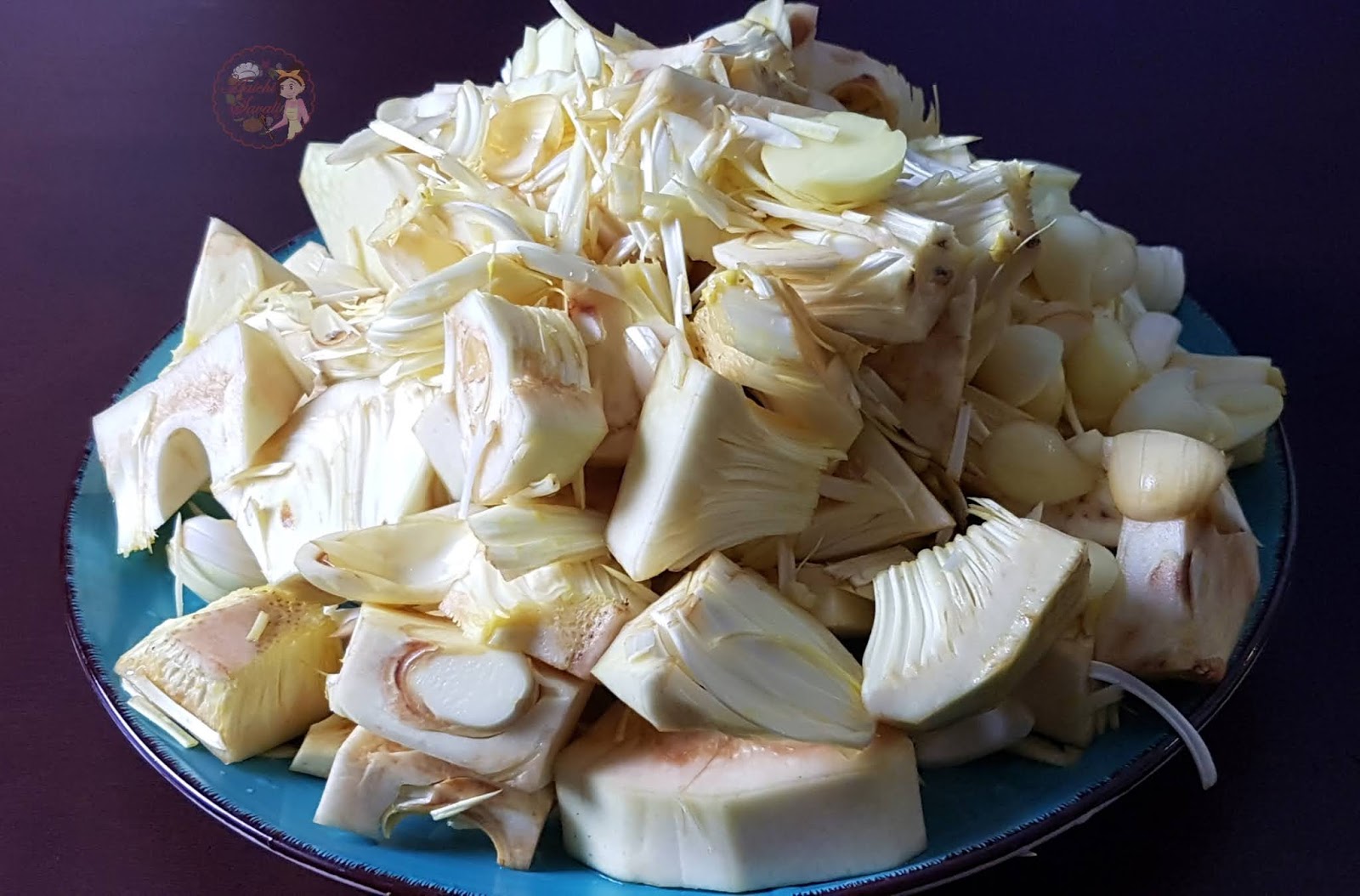


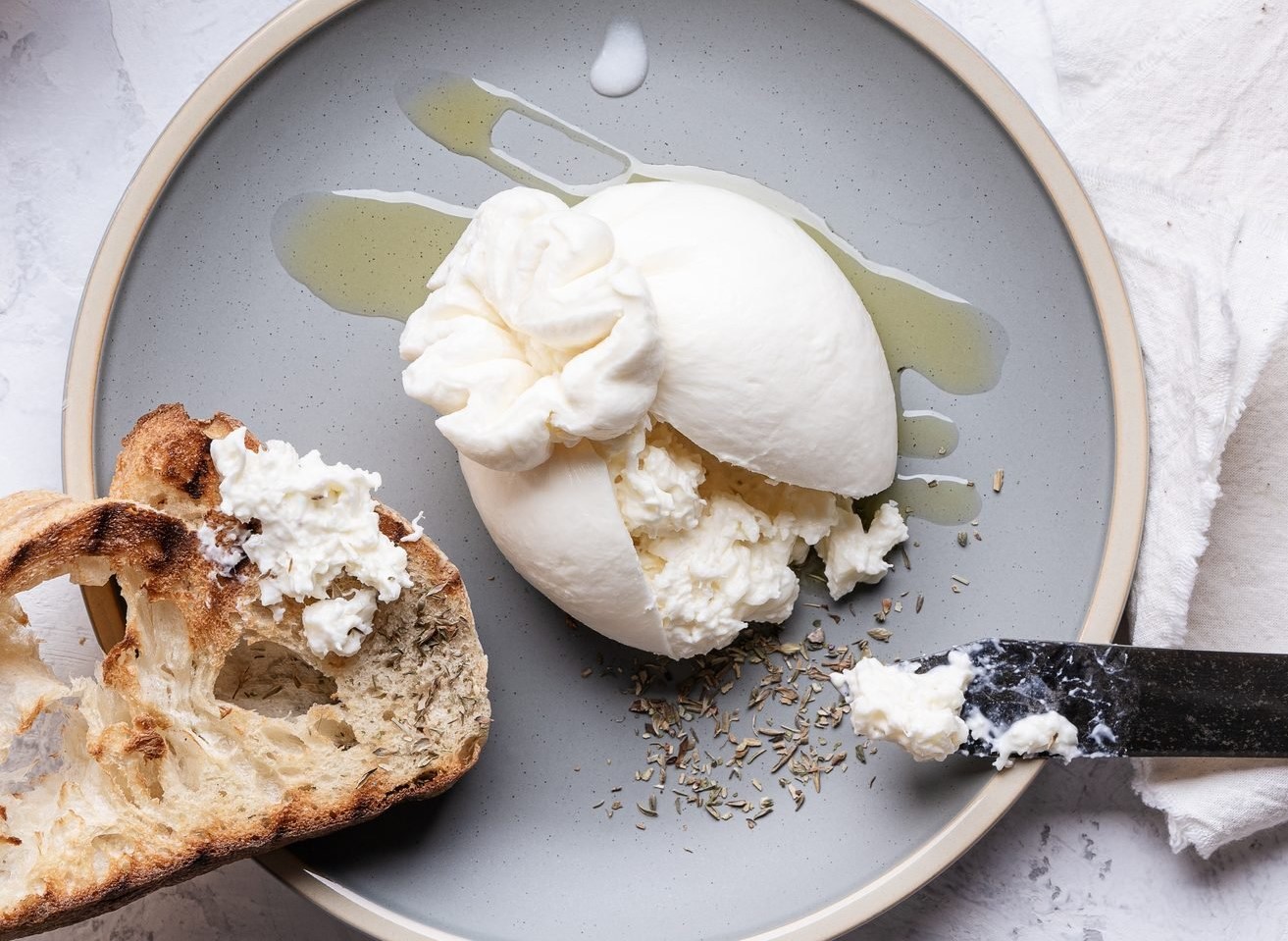


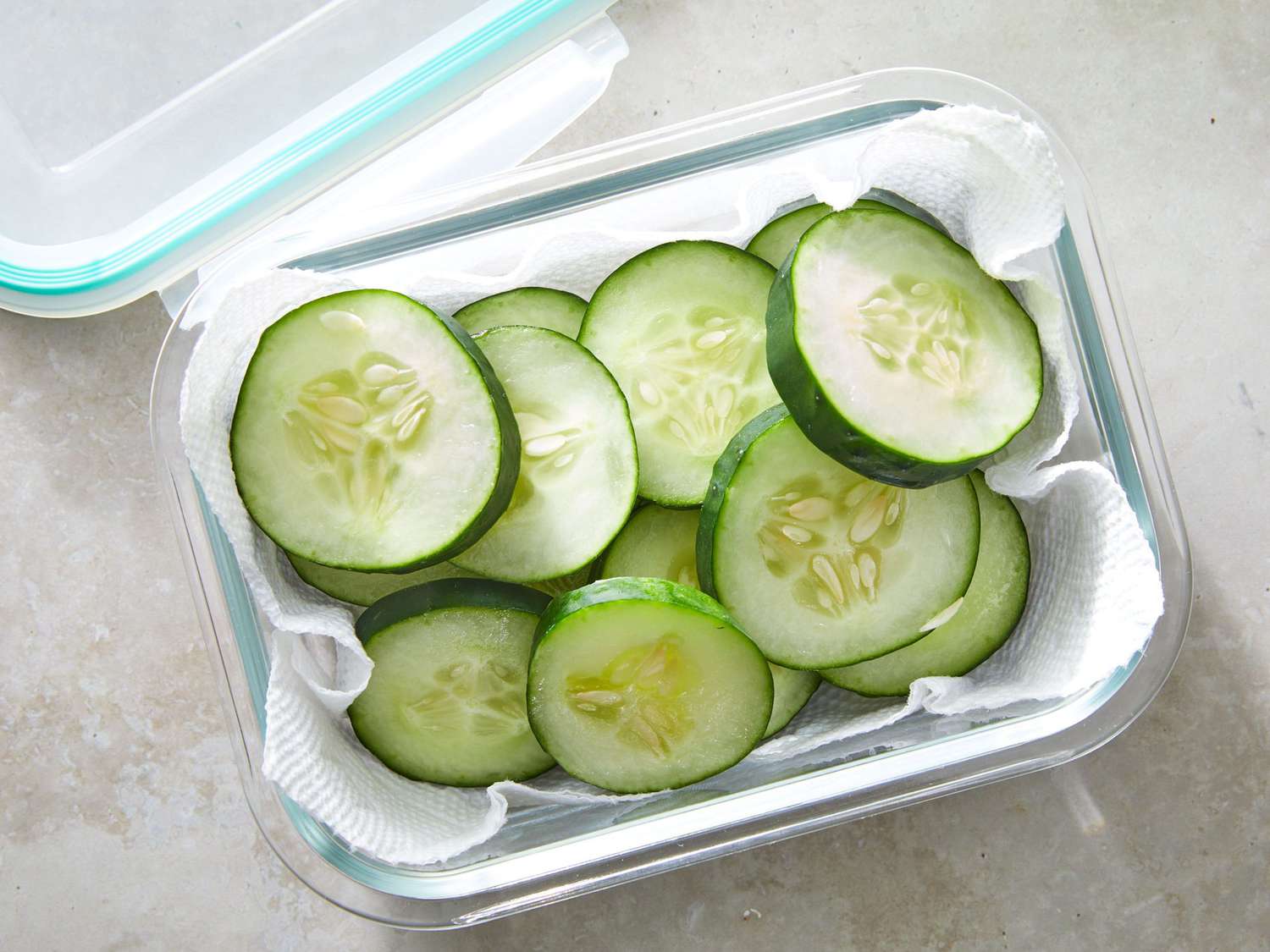
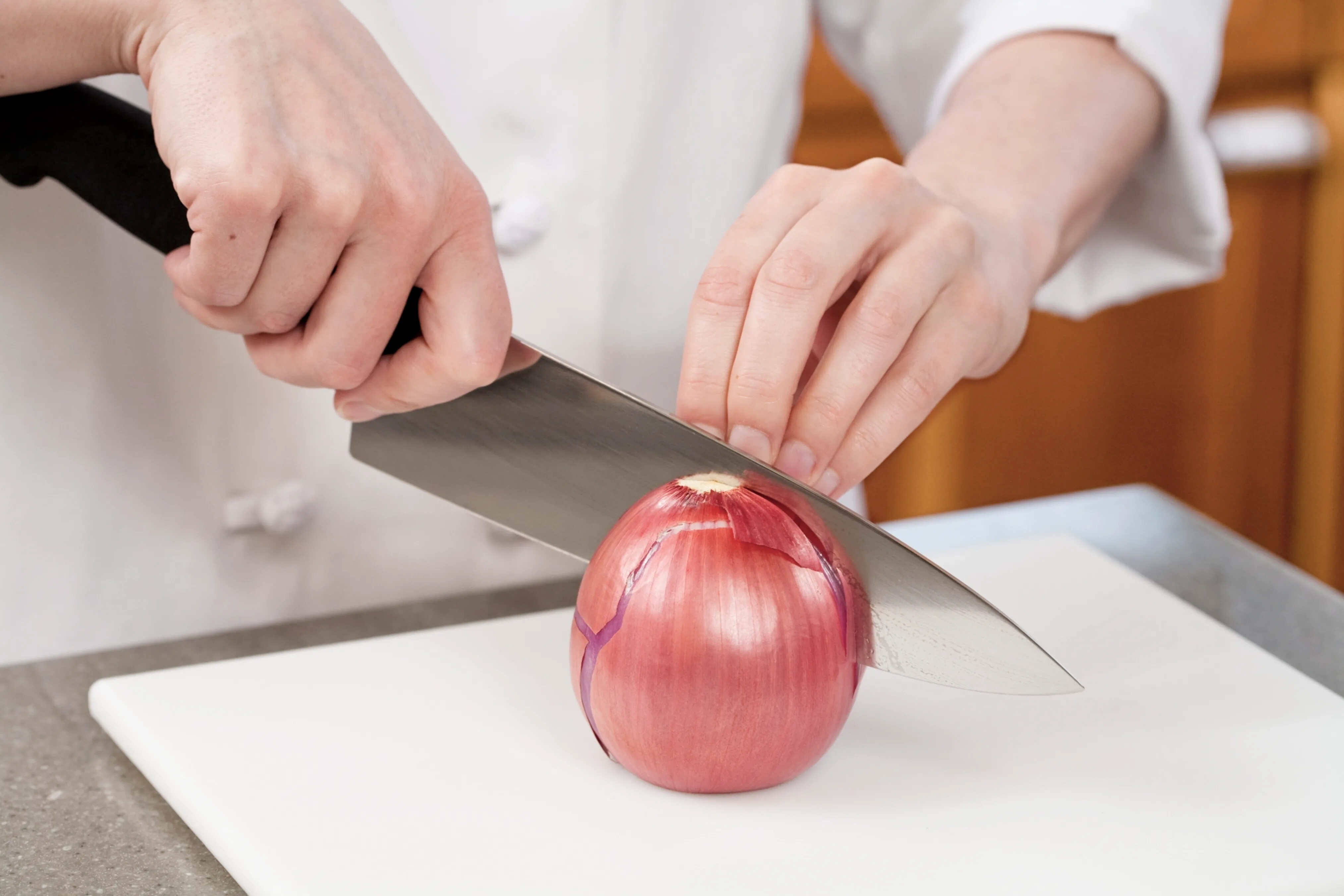
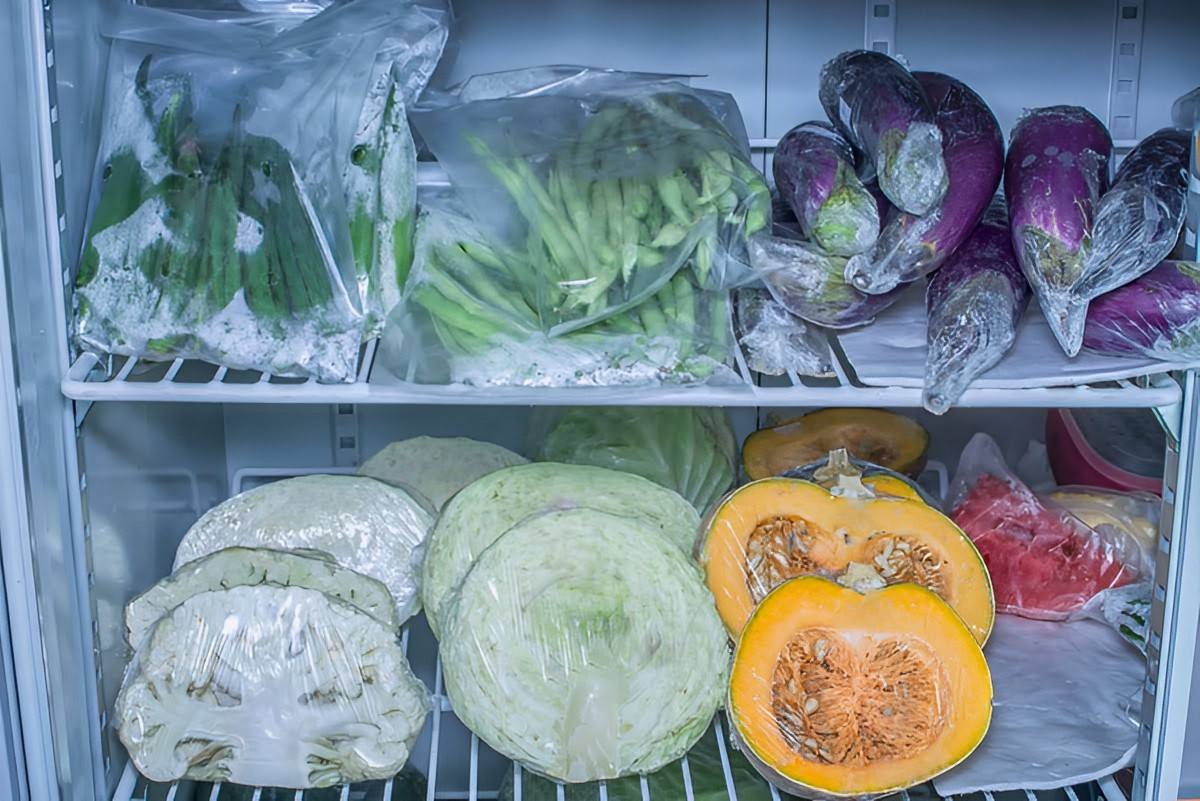
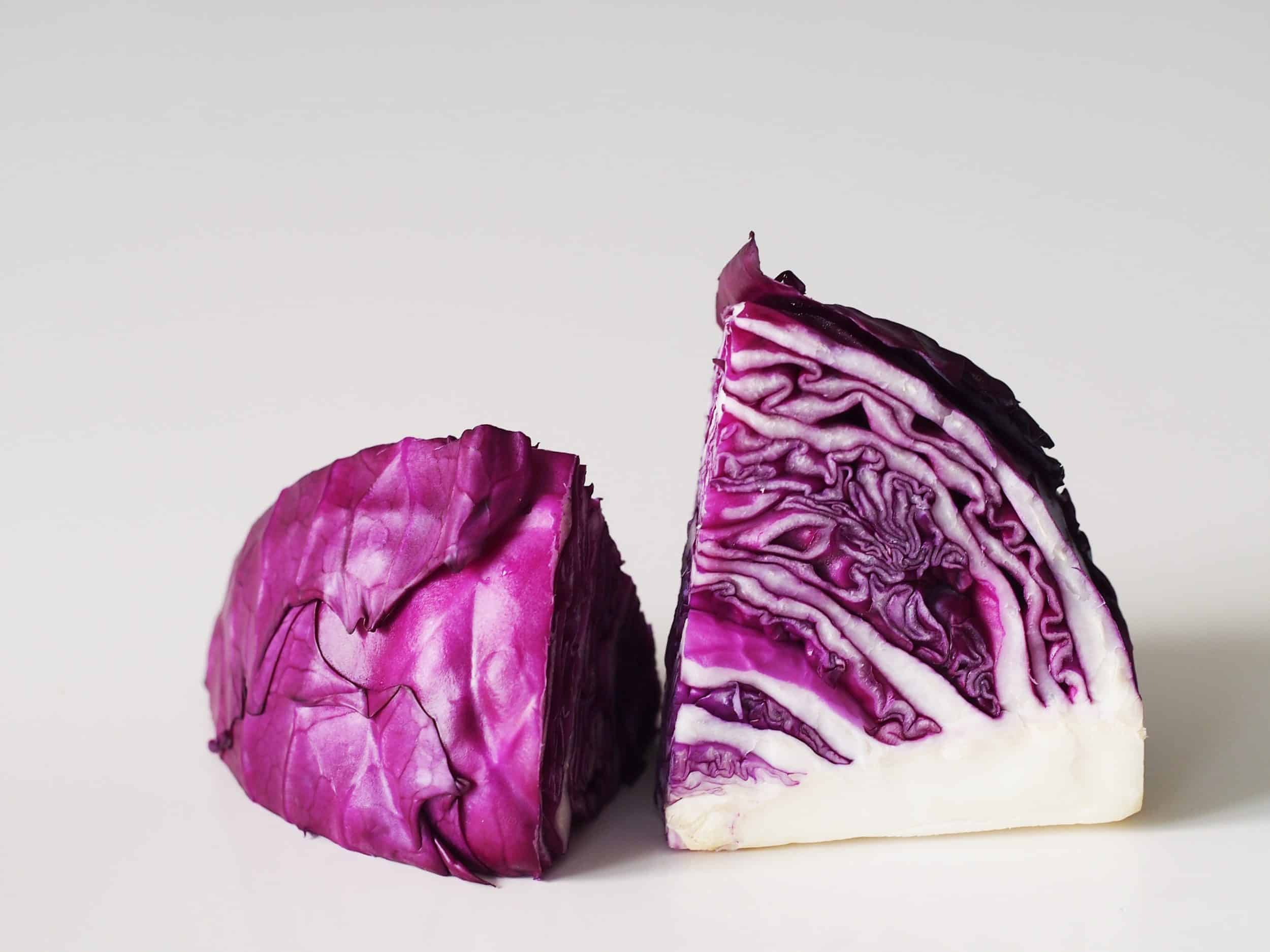
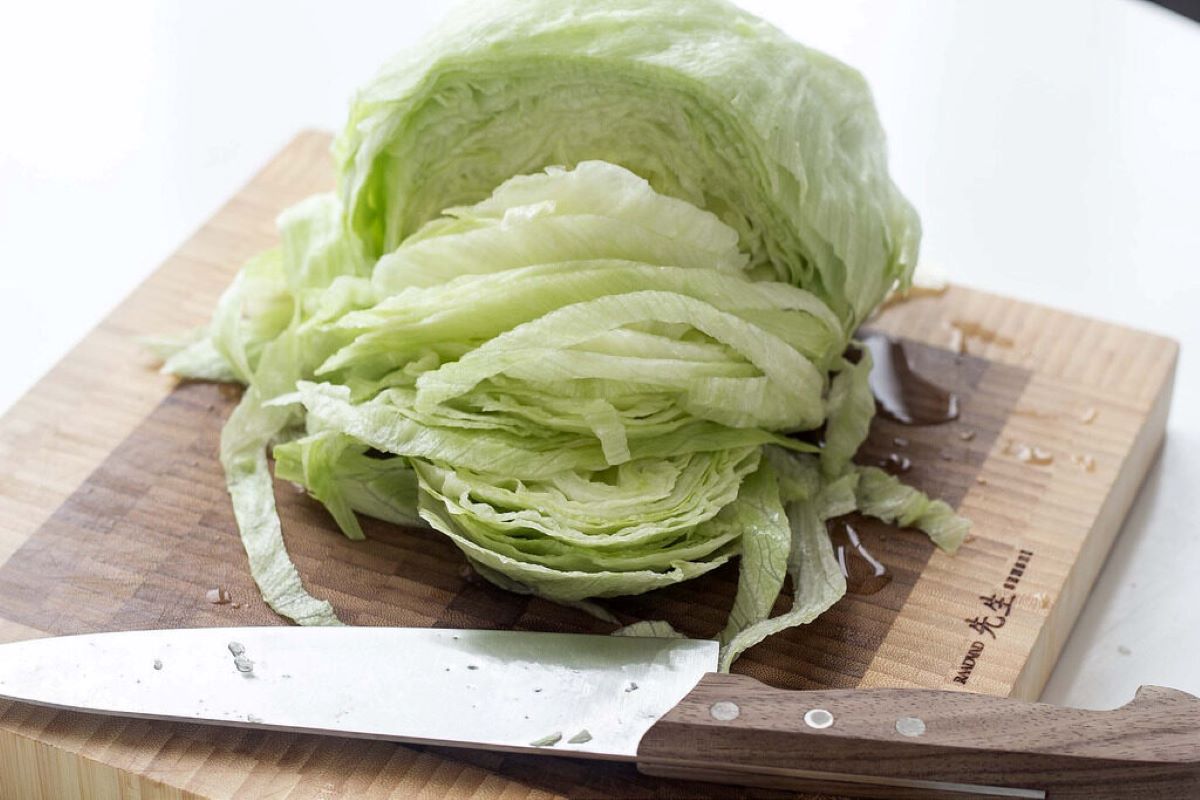
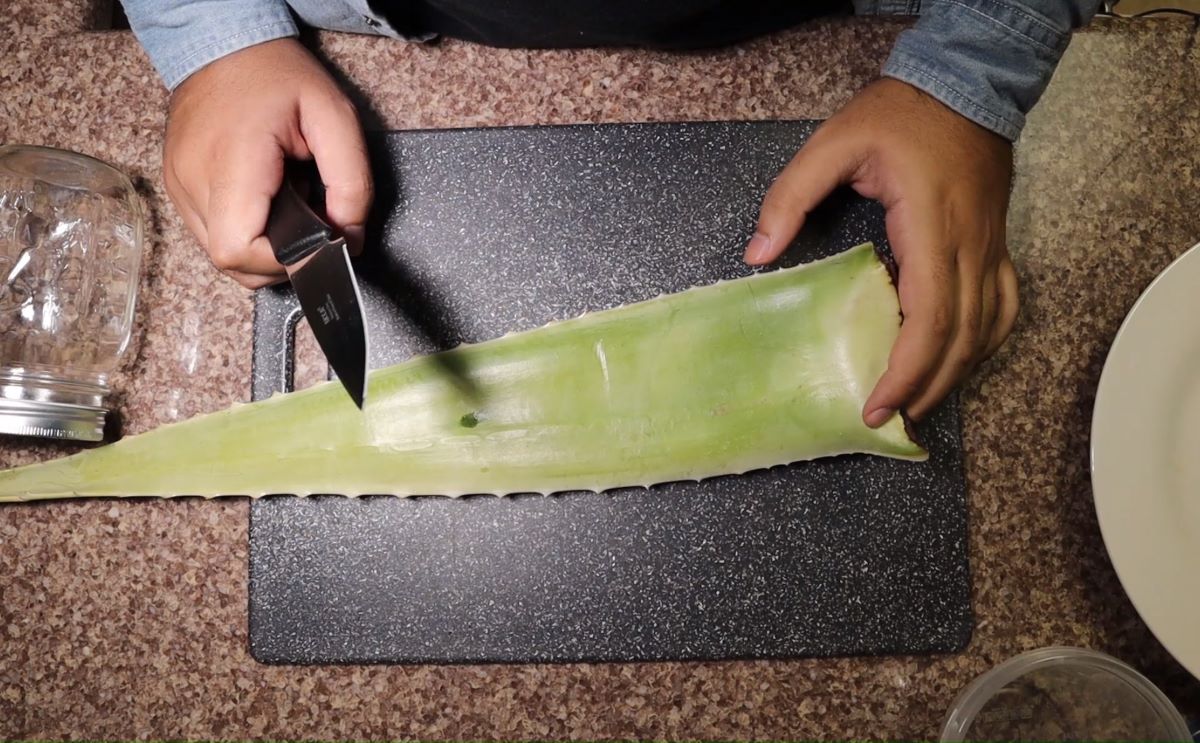

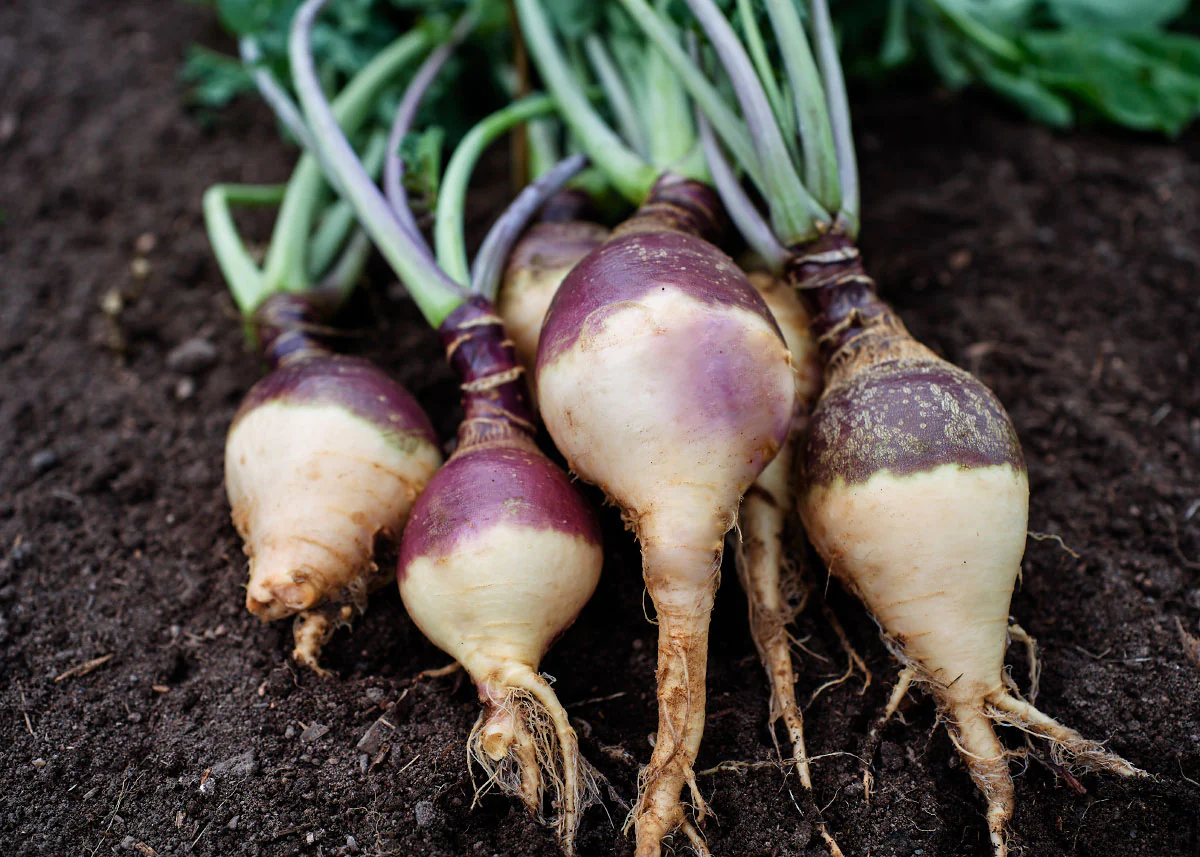

0 thoughts on “How To Store Rutabaga After Cutting”